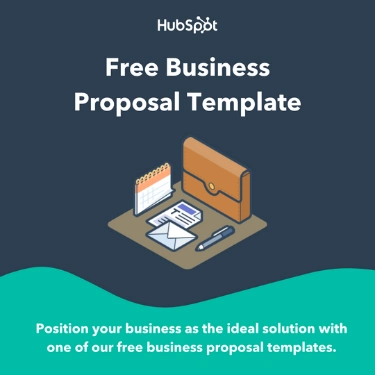
A business requirement document (BRD) is a starting point for any software project or business solution. This document aligns team members on what to build, why to build it, and how to get it done.


All fields are required.

Click this link to access this resource at any time.
BRDs capture every step of product development, from an executive summary to expected outcomes. Business requirement documents often include:
The structure of business requirement documents may vary depending on the project type. For instance, you’ll cut off technical functional requirements if the solution you aim to build isn’t software.
We’ll explain how to write a BRD in full. You can see a sample template below.
 what is a business requirement document" width="1400" />
what is a business requirement document" width="1400" />
Image Source
BRDs paint a complete picture of a potential project. These documents bring together all the teams involved in a project launch and ensure successful project delivery.
In fact, the Project Management Institute discovered that teams without prior planning fail projects two times more frequently than prepared teams. PMI also revealed that planning helps teams meet 77% of their goals, versus 56% for those with low project management maturity.
BRDs also allow your team to:
Here, you’ll learn what to write in every section of a business requirement document. To make the process easy to understand, we’ll explain every step in an example.
So to start, imagine that your company wants to create a content management system for TikTok specialists. What you have now is a mess of Google Sheets and notes on paper. Your goal is to plan, manage, and measure TikTok performance in one place.
With that in mind, let’s start outlining our business requirements.
Executive summaries describe a project concisely for your execs or other parties involved (e.g., business partners). This section offers a high-level statement of project purposes. An executive summary should capture the following:
Your executive summary should be easy to understand. Your readers should learn why the project is important and worth investing in just by reading this section.
For our TikTok CMS project, the executive summary would read as follows:
Our organization is seeking a TikTok content management system to measure the TikTok team’s performance. We aim to analyze campaigns, ad spending, and ROI to scale the most beneficial campaigns.
We expect the product to be built by the end of the third quarter.
List the business objectives you hope to achieve with the project. HubSpot’s SMART system offers a simple goal-setting method. Your objectives should be specific, measurable, attainable, relevant, and time-Bound.
Let’s set objectives for our TikTok CMS:
If you cannot specify the numbers or it’s hard to predict them, detail specific results that you hope to achieve from the full implementation of the project.
Name a few urgent issues you aim to solve with the project. Provide data and research to support your statement. For instance, you can compare current and expected spending. Be sure to include a summary of past experiments or projects in this section.
Here’s the background for our TikTok example:
Our team has no detailed record of our TikTok ROI. A TikTok CMS will help to cut the costs of TikTok campaigns and increase ROI. We will also determine the best-performing campaigns in terms of ROI.

Propose your business as the ideal solution using our Free Business Proposal Templates